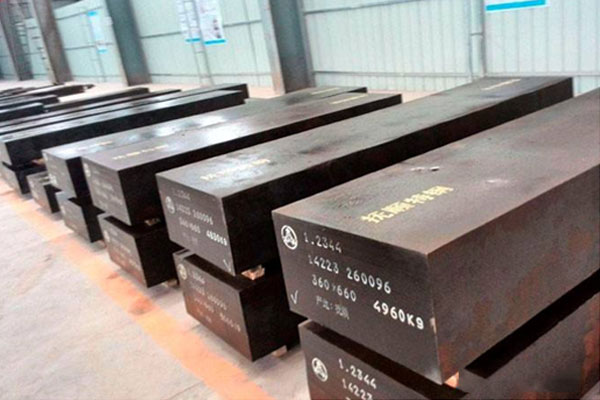What are the categories of forging molds?
Forging die is a key technological equipment in the production of die forging parts.
According to the deformation temperature of the forging die, the forging die can be divided into cold forging die and hot forging die.In addition, there should also be a third type, namely the warm forging die;However, the working environment and characteristics of the hot forging die are between hot forging and cold forging. Although it has its own characteristics, it is more similar to the hot forging die and generally does not have another type.In order to explain the use, working environment and characteristics of various molds and their influence on the production of die forging parts, cold forging and hot forging dies can be further classified according to forging equipment, process methods, working procedures, die materials and manufacturing methods, etc.Taking hot forging die as an example, this section is described as follows:
1. Classification by forging equipment
According to the type of forging equipment, hot forging die can be divided into hammer (anvil hammer and counterhammer) forging die, press (mechanical press, screw press and hydraulic press, etc.) forging die, flat forging die and radial forging die, etc.
According to the classification of forging equipment, the purpose, working environment, material type, structural form, size and fixing and positioning mode of the die can be easily distinguished.For example, the hammer forging die is generally a whole body with a large size, fixed by dovetail and fixed by inspection Angle;The forging die of pressure machine is generally of insert type, with small size, and is fixed by inclined wedge clamp and guide column;The forging die is usually a sector insert die.
2, according to the forging process classification
According to the forging process, hot forging die can be divided into coarse forging die, ordinary die forging die, precision die forging die, semi-precision die forging die, extrusion (punching) die, flat forging die, radial forging die, tire forging die and isothermal die forging die, etc.
The purpose, precision, material type, structure characteristics and manufacturing method of the die can be easily distinguished according to the forging process classification.For example, isothermal forging molds for titanium alloys and superalloys need to be made using superalloy precision casting or even high melting point metals (such as keyalloys).
3, according to the forging process classification
According to the forging process, hot forging die can be divided into billet die, preforging die, final forging die, trimming die and correction die, in addition to extrusion (punching) die and die forging die, etc.
According to the classification of forging process, it is easy to distinguish the working environment (temperature and stress state), process characteristics, requirements on mold precision, material type and manufacturing method, etc.
4. Classification by manufacturing method
According to the manufacturing method, hot forging die can be divided into casting die and forging die;Forging die according to the mold cavity processing method and can be divided into imprint (extrusion) die, cutting and edM die and surfacing die.In addition, hot forging die can be divided into several types according to the type of material.
From the above classification of forging dies, it can be seen that different types of forging dies not only reflect the working environment, use, materials, manufacturing methods and characteristics of forging dies respectively, but also reflect the close relationship between forging dies and forging production. These contents will be discussed separately in each chapter of this book.
(from duan168.com)
